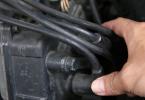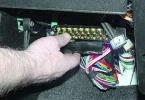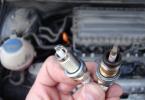Now many newly minted car enthusiasts decide for themselves which car to choose. Perhaps the most important criterion is the choice of transmission - and as the sales statistics tell us, the automatic transmission is growing exponentially. It is understandable in the city, it is very convenient. However, on many automatic transmissions, there is a so-called "manual mode" when you change gears in a physical way, usually this is a plus and a minus on the lever (made with a button like mine) or shifting the gear lever. BUT WHY is there manual mode on the machine? Are we taking a fully automated process? Today he will understand ...
To be honest, such a solution is correctly implemented - only on torque converters and on robots, that is, you physically change gear, for example, such a solution is also present on the variator, but there it is a purely software feature, because the variator gearbox is continuously variable, that is, it has no physical transmissions.
Well, okay, in general - there is a presence on almost any automatic transmission, but for what ??? Such a mechanical mode tears the minds of many - it seems to have left the mechanics, but it is again present here, it turns out "rubbish"!
This absolutely does not require special skills, it turns on - it's elementary. Personally, on the machine, just move the lever to the "M" position, you will see a gradation of speeds on your dashboard, "M1", "M2", "M3", etc., for example, I have six steps, which means top gear "M6".
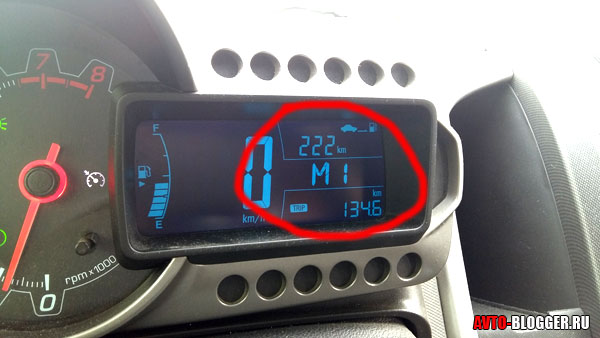
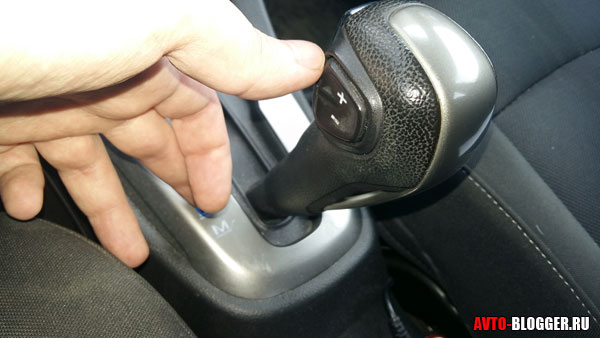
As for switching - you can do it as if from a parking lot, that is, get under way in manual control, or already at speed transfer the gearbox to mechanics and adjust as needed! It is possible and so and so, without a difference, for the automatic transmission it does not do any harm.
Why is this mode useful?
To be honest, some time ago, there were no such manual modes! In 85% of cases, a simple driver does not experience any discomfort from this, you quickly get used to the machine and adapt, then you don't even notice how it works. However, the mechanical mode is often simply necessary, you cannot do without it, let's list:
- Wheel slip or off-road.
- Slide.
- Speed.
- Gear braking and cornering.
- Traffic jams.
Yes, yes, you heard right for these points and the manual mode is important, that is, it gives you more options than the “brain” of an automaton. Of course, it is possible to pass all these obstacles on the automatic transmission, but some points for him are simply insoluble, as we say the first one. Let's take a closer look.
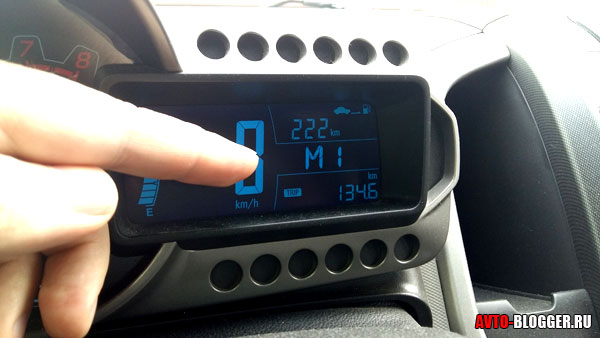
Slipping or off-road
IN our snowy homeland - oh, how necessary. If you do not put the automatic transmission in manual mode, then when the speed rises, it will try to switch to a higher gear, thereby “choking” itself. I personally came across this, for example, you start to slip, the car seems to make its way through the snow - and it bangs on the second or third, there is not enough revolutions and the car gets up. This is where the mechanical mode helps, turned on strictly the first and "bore" drifts (drifts will be in the video below).

The situation is absolutely the same with dirt, because in fact the movements in these two environments do not differ, and here and there we skid, the programs that we have chosen are important to us, that is, we think for ourselves.
Slide
Here, manual control is also pleasing - when driving from a long hill, you release the pressure on the gas pedal, the automatic machine, after a while it will try to switch to a lower gear, which will indirectly stop the car! You can manually leave an overdrive until the hill is passed. Thus, you save fuel, after all include.
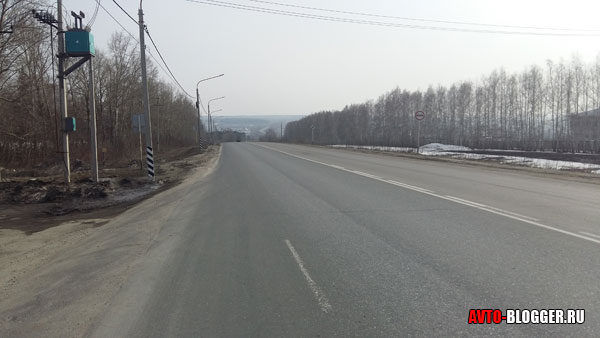
Speed
Not always modern machines are smart. That is, the pressure on the gas pedal is not always adequately perceived. What if you need to accelerate sharply, but the automatic transmission does not understand this, of course now almost everyone has KIK DOWN, they pressed the pedal to the floor and the engine quickly "spun"! But here's what to do - if you need to bypass a large wagon or wagons, and you need to leave an overdrive for a long time? This is where the manual mode will help simply "lower" to the desired gear, at the speed let's say it is "5" or even "4", and press the "gas to the floor", after bypassing the trucks, we switch to auto mode.
Gear braking and cornering
- A controversial plus, but it's worth noting - if you want, it came to us from the "mechanics" when you switched from high to low and stop the car - say on slippery roads. After all, the wheels are not blocked, braking is more effective. On the machine, now this can also be done, you are eating, for example, in 6th gear - in front, there are obstacles in the distance, and the road is icy, the car does not behave adequately when pressing the gas pedal. We just mechanically lower the gear and the car will get up, slowly and confidently, then bring it to a full stop with the brake pedal. As I said, this method is controversial, because now there are a bunch of sensors and systems (ABS, EBD, ESP, etc.) that will help stop the car without the participation of the box, but - God protects the caring.
- This is entering corners, if you go at high speed, then it is worth transferring into manual gear to a lower gear, and you no longer need to use the brake, the speed drops, the turn is passed.
As you can imagine, this item is for lovers of freedom of action who experiment with the "automatic" at speeds.
Traffic jams
Also a controversial point, but I met in many forums.
Many people use manual mode for driving in traffic jams. "How?" - you ask. Simply, the machine will always jump from the first to the second, respectively, the fuel consumption will increase. In order to somehow reduce it, you can choose a "pure" second gear and use it to overcome the traffic jam! However, it is worth noting that the acceleration should not be sharp, yet the second gear is not for starting the car.
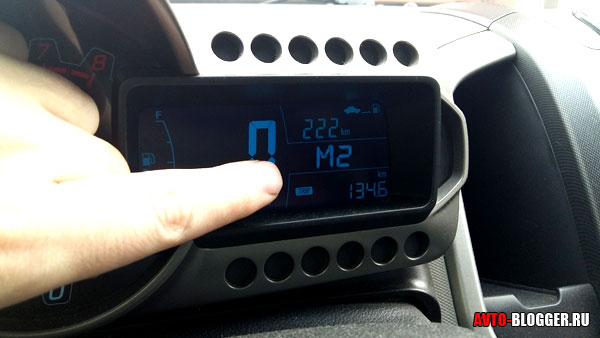
Actually, these are all the advantages of the manual mode of the automatic transmission, I personally noted for myself and constantly use it - when slipping and when driving down a hill, the rest is not so important!
Now we are watching the video lesson.
I finish here, read our AUTOBLOG, there will be many more useful things.
